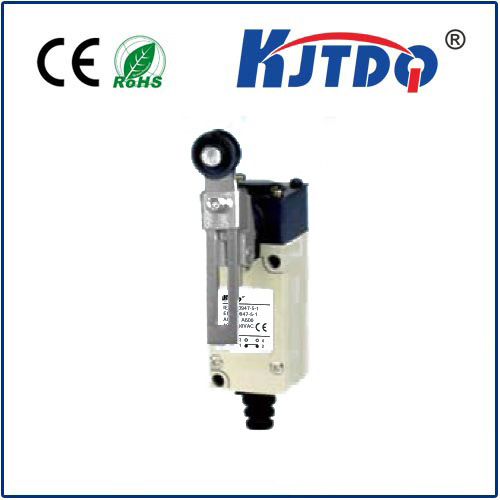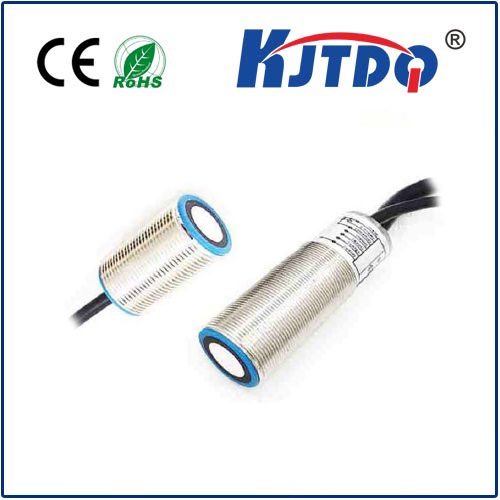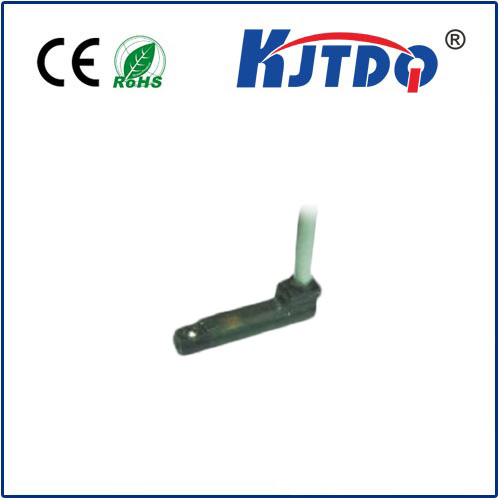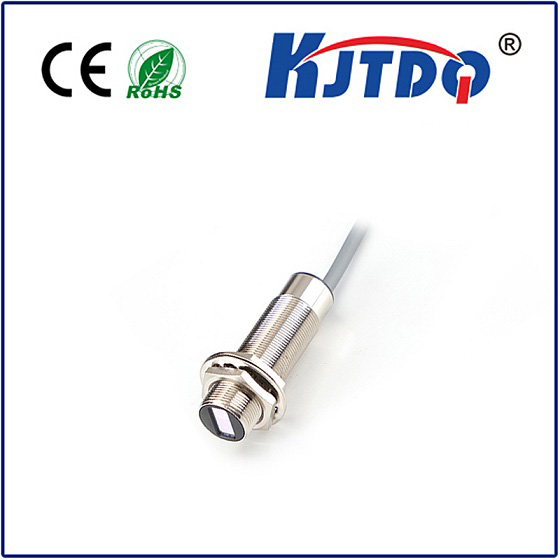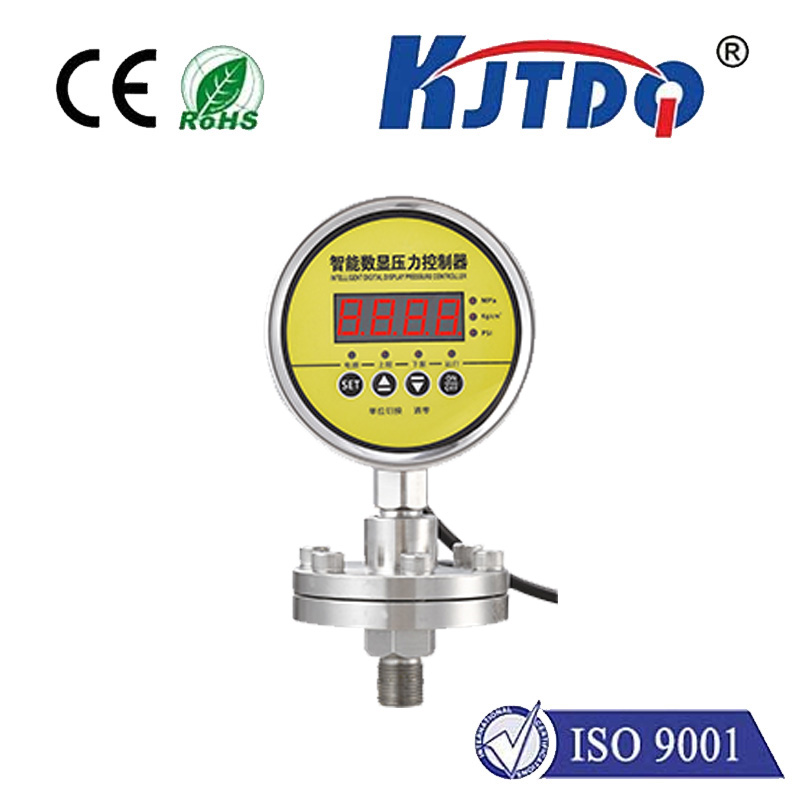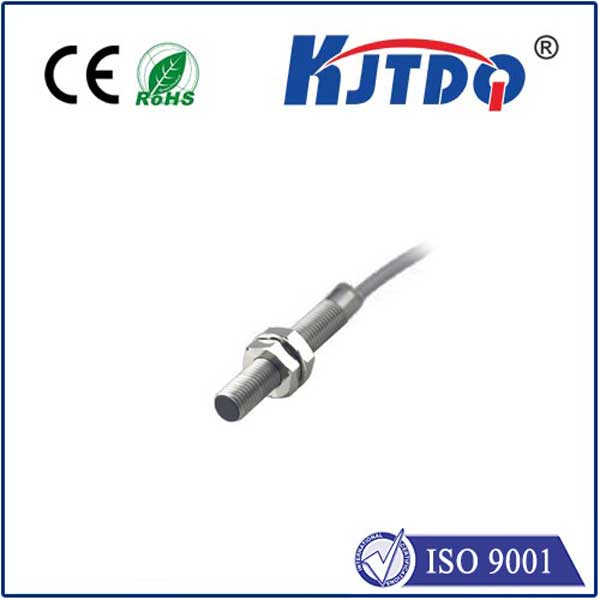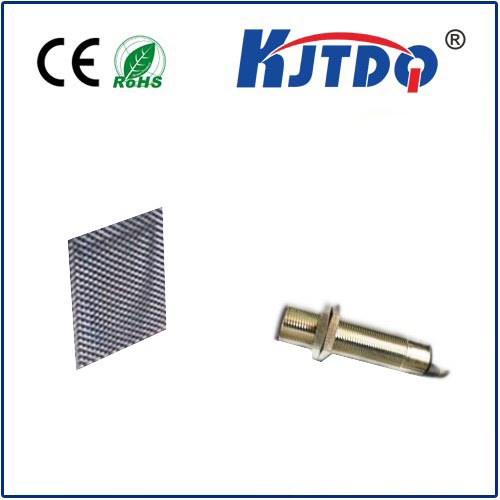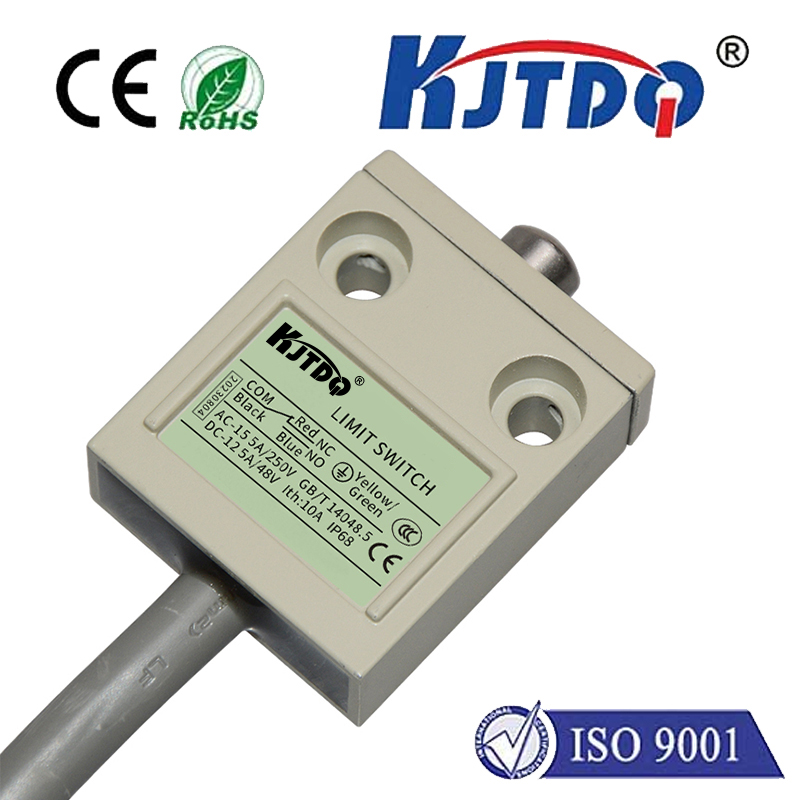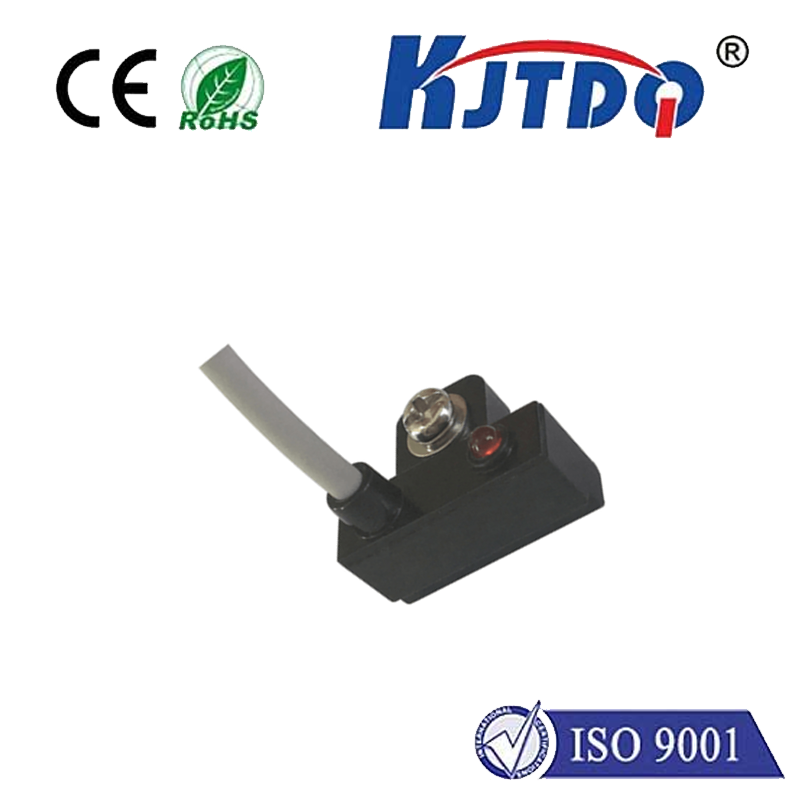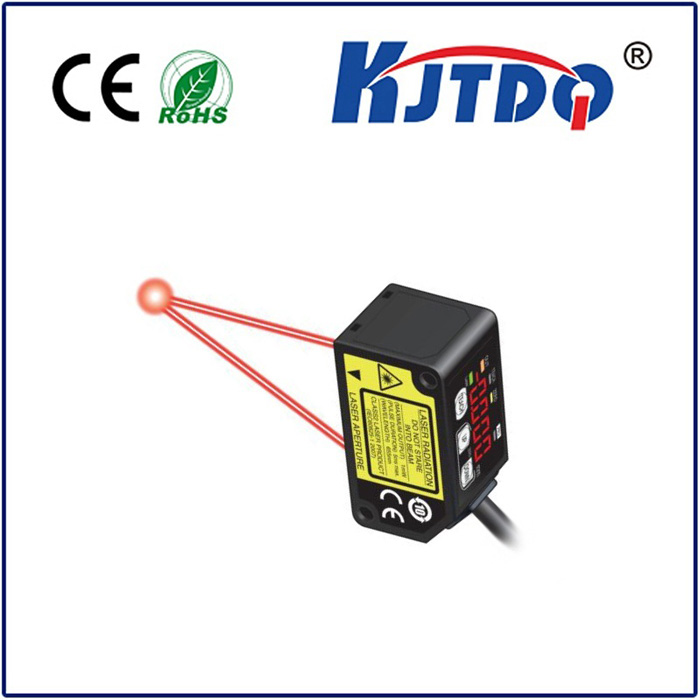датчик ближнего действия
- time:2025-07-08 02:35:03
- Нажмите:0
The Invisible Guardian: How Close Proximity Sensors Power Our Everyday World
Have you ever marveled at how your smartphone screen magically turns off when held to your ear during a call, preventing accidental button presses? Or pondered the safety shield that instantly halts heavy machinery when a worker steps too close? The silent orchestrator behind these feats, and countless others, is the датчик ближнего действия. These unassuming components are the technological sentinels, detecting presence without physical contact, operating in the crucial realm of millimeters to centimeters. Their ability to sense nearness revolutionizes user experience, enhances safety, and enables automation with remarkable finesse.
Beyond Touch: Defining the Domain of Close Proximity Sensing
Unlike sensors designed for long-range detection (like radar or ultrasonic sensors measuring meters away), close proximity sensors specialize in the intimate zone. Typically, they operate effectively within ranges of 0 mm to 30 mm (or approximately 1.2 inches), though specific models might extend slightly further. Their core function is binary: detect the presence or absence of an object within this tightly defined field. They don’t necessarily measure the exact distance (though some advanced types can), but rather act as a digital switch triggered by nearness. This makes them incredibly efficient for applications demanding quick, reliable detection right at the point of interaction or potential conflict. The magic lies in their non-contact nature – no wear and tear, minimal maintenance, and seamless integration.
Unpacking the Technologies: How They Sense the Unseen

Several sophisticated physical principles enable close proximity detection, each with unique strengths:
- Inductive Proximity Sensors: The undisputed champions in industrial settings. These sensors generate an electromagnetic field. When a metallic object enters this field, it induces eddy currents within the metal, disturbing the field. The sensor detects this disturbance and triggers its output. Key advantages include ruggedness, resilience to dirt, oil, and moisture, and insensitivity to non-metallic objects. They are ubiquitous on factory floors for tasks like detecting metal parts on conveyors, verifying piston positions, or ensuring tool presence.
- Capacitive Proximity Sensors: Masters of detecting nearly anything – metals, plastics, liquids, powders, wood, even human skin. They work by generating an electrostatic field. Any object entering this field alters its capacitance. The sensor detects this change. This versatility makes them ideal for: detecting fill levels in non-metallic tanks (water, granules), presence sensing through thin non-metallic barriers, touch interfaces (like the smartphone example), and detecting biological material. Their sensitivity can sometimes be a drawback, requiring careful calibration to ignore background objects.
- Optical Proximity Sensors: Often leveraging infrared (IR) light. Common configurations include:
- Reflective (Diffuse): Emitter and receiver are housed together. The sensor detects when emitted light reflects off a nearby object back to the receiver.
- Through-Beam: Separate emitter and receiver units facing each other. Detection occurs when an object breaks the light beam. Optical sensors offer relatively fast response times and can work with various materials. They are frequently found in consumer electronics (screen blanking), object counting on production lines, paper detection in printers, and safety light curtains (a specialized safety application using multiple beams to create an invisible protective barrier – a critical safety application demanding close proximity detection).
Where Close Proximity Technology Truly Shines: Applications Galore
The impact of close proximity sensors is vast and often hidden in plain sight:
- Consumer Electronics: The quintessential example. Proximity detection in smartphones prevents accidental screen touches during calls. They enable gesture controls above screens (without touch) and automatic wake/sleep functions in laptops and tablets.
- Промышленная автоматизация: The lifeblood of modern manufacturing. Inductive sensors detect the position of metal components on assembly lines, verify cylinder end positions, count metallic parts, and ensure robotic arms maintain safe distances. Capacitive sensors check fill levels, detect labels on bottles, and sense non-metallic materials. Precision proximity sensing ensures smooth, efficient, and safe operation.
- Safety Systems: Perhaps the most critical application. Safety light curtains use arrays of infrared beams to create an invisible protective field around hazardous machinery. If a beam is broken (detecting close proximity of a hand or body part), the machine stops instantly, preventing serious injury. Emergency stop buttons often incorporate proximity sensing internally to ensure reliable triggering. These applications adhere strictly to rigorous standards like IEC 61496-1.
- Automotive: Used inside door handles for keyless entry activation (detecting a hand close by), detecting seat occupancy (for airbag systems), and ensuring windows stop automatically if an obstruction is sensed while closing (proximity detection for safety).
- Robotics: Essential for collision avoidance. Sensors on robotic arms and mobile robots detect nearby obstacles or humans, triggering evasive maneuvers or stops to prevent impacts.
- Appliance & Building Automation: Detecting when a user approaches an automatic faucet or soap dispenser. Sensing door positions in elevators or automatic doors. Monitoring paper levels in printers and copiers.
Designing with Precision: Key Considerations
Selecting and integrating a датчик ближнего действия requires thoughtful analysis:
- Target Material: Is it metallic? (Inductive excels). Non-metallic or liquid? (Capacitive is better). Will optical work given ambient light conditions?
- Required Sensing Range: Precisely define the maximum distance detection is needed. Ensure the chosen sensor model meets or slightly exceeds this.
- Environment: Consider extreme temperatures, dust, moisture, chemicals, vibrations, or electromagnetic interference. Industrial sensors (especially inductive) are often rated IP67/IP69K for harsh conditions.
- Output Type: Does the system require a simple digital on/off signal (PNP/NPN transistor), or an analog output representing distance? Most close proximity sensors are digital switches.
- Size and Mounting: Space constraints often dictate sensor dimensions. Consider flush or non-flush mounting requirements, especially for inductive sensors where metal surroundings can affect the field.
- Response Time: How quickly must the sensor react after detecting an object? Industrial sensors often operate in milliseconds.
The Unseen Enabler: Driving Innovation Forward
Close proximity sensors are far more than simple switches; they are fundamental enablers of modern technology. They enhance user interaction by making devices intuitive and responsive. They provide critical safety layers, protecting human operators in high-risk environments. They fuel automation by providing reliable, non-contact feedback essential for robotic precision and process control. As IoT devices proliferate and demand for smarter, safer, and more responsive systems grows, the role of sophisticated proximity detection will only become more central. From the palm of your hand to the heart of a bustling factory, these tiny guardians work silently, continuously sensing the nearness that shapes our interaction with the digital and physical world.

